As notoriously challenging and frustrating as Cuphead can be, it's quite surprising that the creators went with such a kid-friendly route for The Cuphead Show. Not that younger gamers can't enjoy the run-and-gun madness the game offers, but it's hard to imagine many of the show's intended audience has the patience and desire for difficulty.
With all that in mind, the show still offers plenty of winks, nods, and references to the source material to satisfy fans of the original game. While some might go over a few younger heads, those who have spent hours getting their mugs blasted to bits will undoubtedly appreciate the attention to detail.

In a sort of tribute to the original Universal Studios logo, the series begins with a sight all Cuphead-players should recognize. Right from the very start of the show, viewers are treated to the only reference (thus far) to the game's bullet-hell shooter levels as Mugman flies in a plane around a planet-sized version of his brother's head.
The game is divided into three level types: run-and-gun, standard boss-fights, and bullet-hell shooters that put the player in a tiny plane against a giant boss. This third kind is one of the ways the game pays tribute to the arcade games of yesteryear that inspired it, and its inclusion is much appreciated.
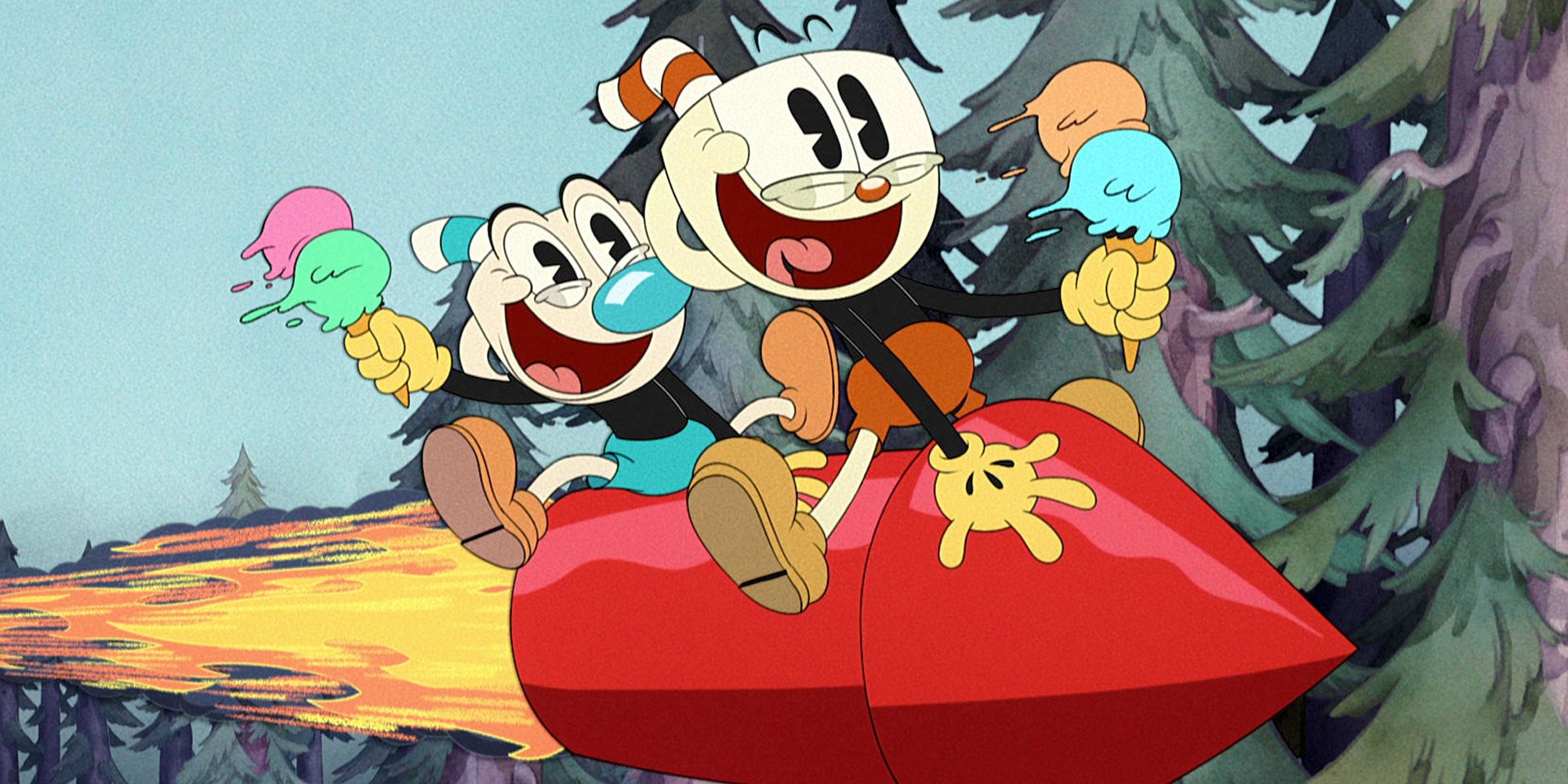
While Cuphead doesn't do a whole lot of speaking in the game, sometimes cartoon characters have the habit of communicating and expressing without saying a single word. From his body language, facial expressions, and the game's backstory, it's clear that he's a bit of a hot-head and a showoff, something that his animated version positively nails.
Since it was a rash and impulsive deal with the Devil that got the two mugs into a mess in the game, that kind of mindset had to be replicated intensively. With his "double-down" attitude and gift for getting in and out of trouble, the creators and voice actor, Tru Valentino, have brought Cuphead to life seamlessly.

As Cuphead gets ready to play a game of soul-sucking skeeball, he readies himself to roll up and double down by hiking up his red shorts and preparing to play. This might seem like a natural animation choice given Cuphead's previously-discussed character, but players will recognize it as something they've seen countless times before.
Before each run-and-gun level or platforming game round begins, the pants adjustment is one of the animation sequences that Cuphead performs before the fight starts. It's not a major detail, but undoubtedly one that strengthens the ties between both the show and the game.
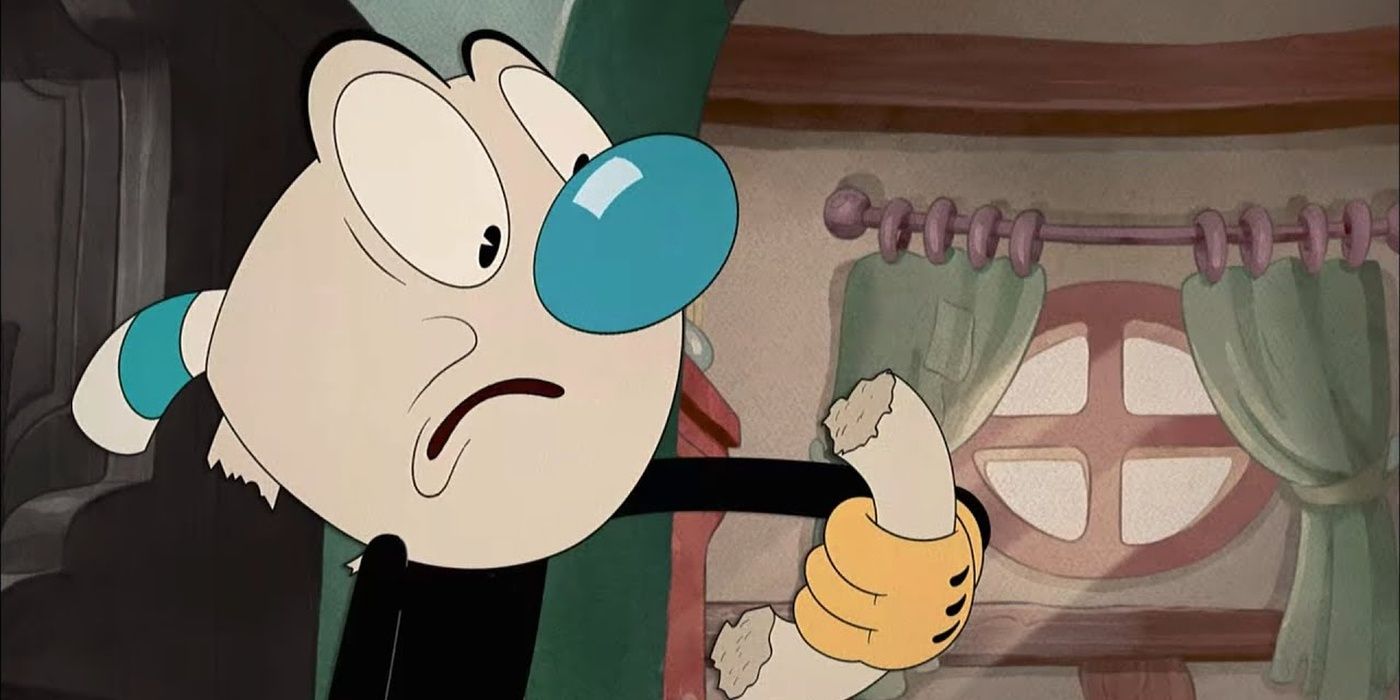
As any gamer who's played Cuphead knows, they will die frequently and mercilessly. This is, appropriately, represented by Cuphead's head shattering to pieces like chinaware thrown against a brick wall. As violent as this might sound, it actually makes a clever transition into the Netflix series for comedic effect.
Though it's not as fatal to the two mugs as it is in the game, Cuphead and Mugman frequently lose their heads during many of their misadventures. While they're easily put back together, this could be the animators' way of incorporating the frequent deaths witnessed by all players in the video game.
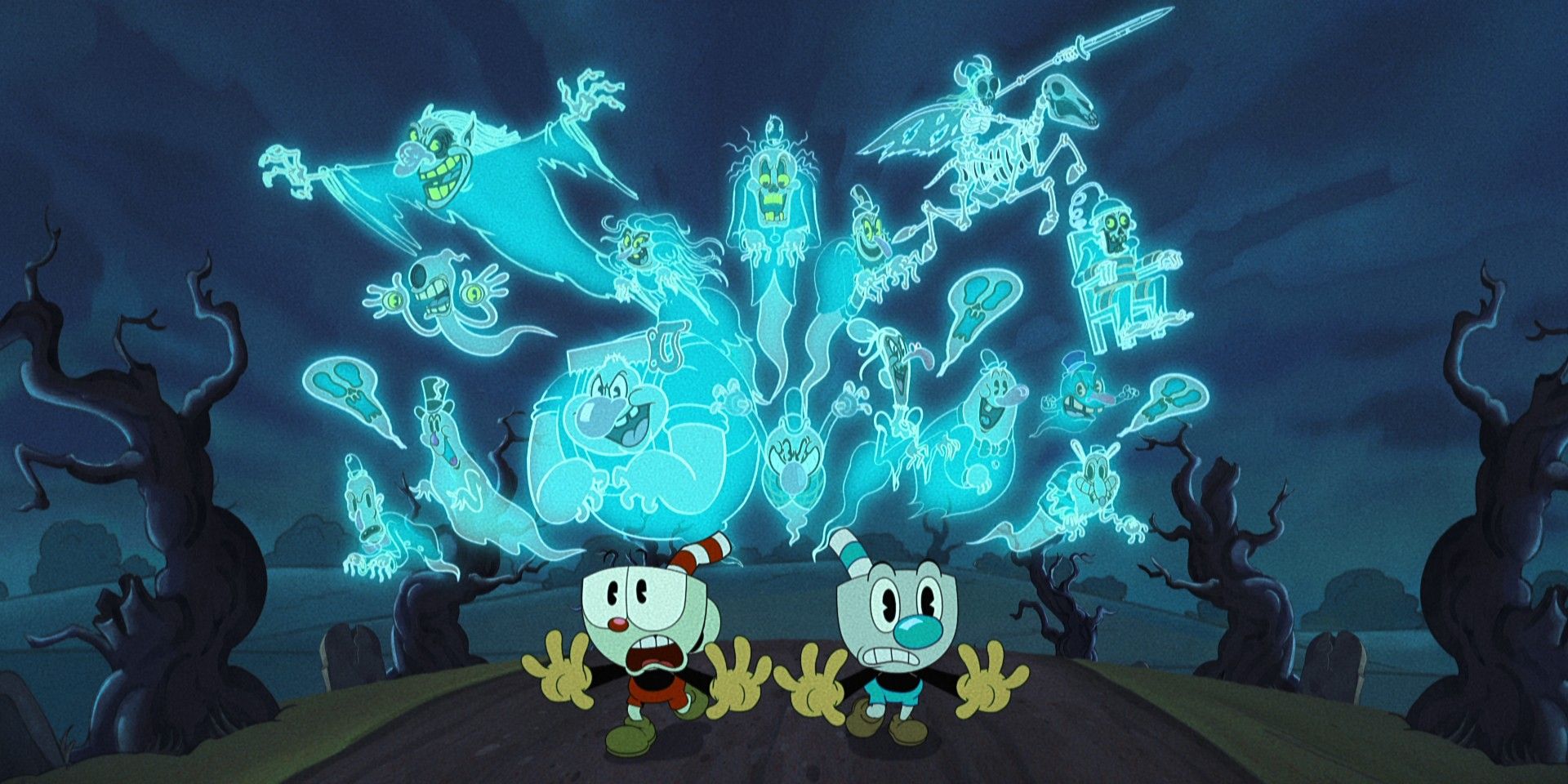
In both the game and the Netflix series, lost souls play a large part in Cuphead's plot. Whether it's collecting them or saving them, the small, spectral shapes can be seen floating to and from their respective bodies. But no matter the adaptation, the Devil is lurking in the shadows looking to get his claws on them.
With the way they move and the tiny glowing heart in their noncorporeal forms, they greatly resemble the floating spirits of Cuphead and Mugman when their lives run out mid-game. It's enough to make some players wonder if the cartoon versions can parry-slap the souls back into their bodies.
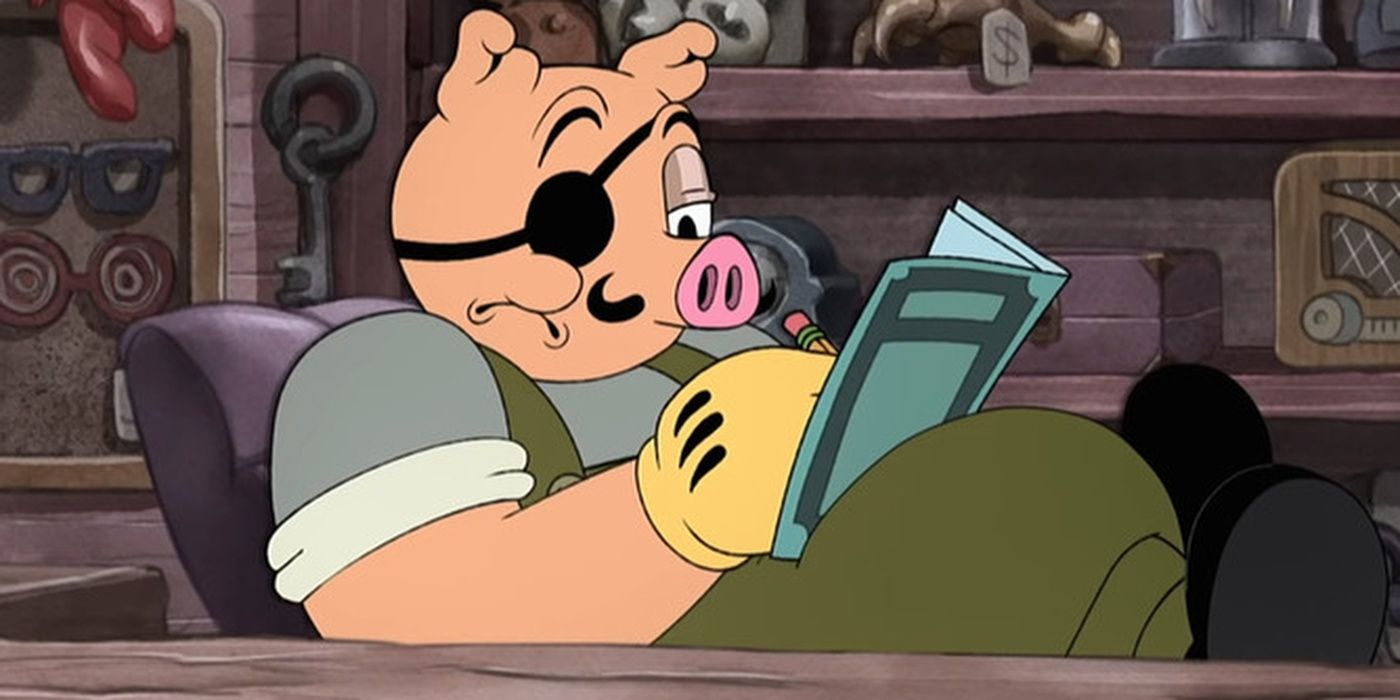
Since he's the resident merchant NPC in the video game, it makes sense that Porkrind would be a prominent player in the Netflix adaptation. However, it goes much farther than just having the porcine merchant be a citizen of Inkwell Isle. If viewers are diligent, they'll see more than a few familiar features in Porkrind's Emporium.
The shop is a near-perfect recreation of the one seen in the game, but the most defining feature for players is the arrangement of powerups front-and-center on Porkrind's counter. The smoke bomb, Spread, Lobber, and Roundabout can be seen on display, just waiting to be bought by a pair of eager mugs.
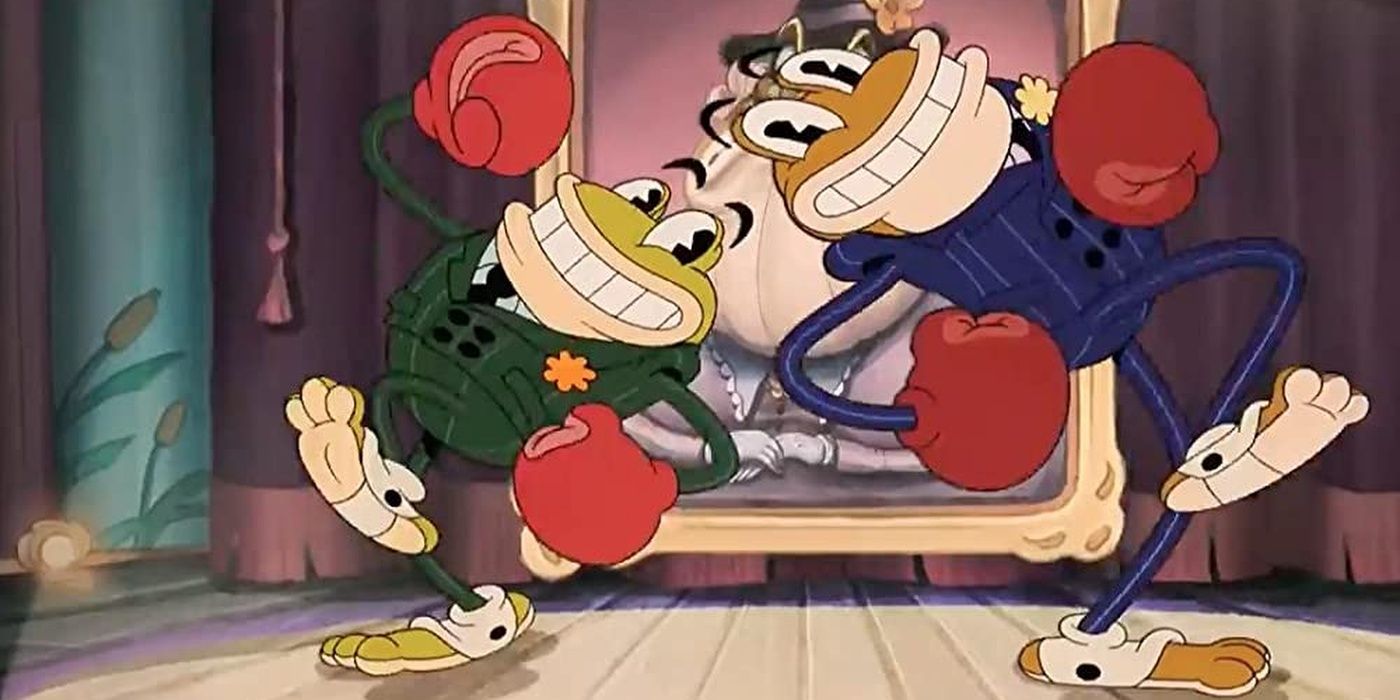
While elements of the game have been scattered all throughout the show, there's one episode that is practically an animated rendition of the Clipjoint Calamity level, "Ribby & Croaks." While the two frogs trade in their Street-Fighter-inspired costumes for a set of silk suits, there are plenty of similarities to their boss level to go around.
The episode takes place entirely on a steamboat, Ribby and Croaks retain their oversized boxing gloves, and Cuphead and Mugman end up in a comical fight with the duo. While it's short a few slot machines and transformations, the episode's inspiration is blatant and clear.

King Dice is one of the most expressive and vibrant characters in both the game and the show, and both renditions succeed and making him as distinct and eccentric as possible. While Wayne Brady's vocal performance is easily one of his most defining features, it's the way he moves that gamers will recognize from the original title.
The Devil's Righthand Man bears a blatant resemblance to the jazz singer, Cab Calloway, complete with his zoot suit, pencil-stache, and spinning dance moves. Even Brady's scat singing mirror's Calloway's "Hi-De-Ho" riffing from his big band days. It's definitely one of the show's best character adaptations.
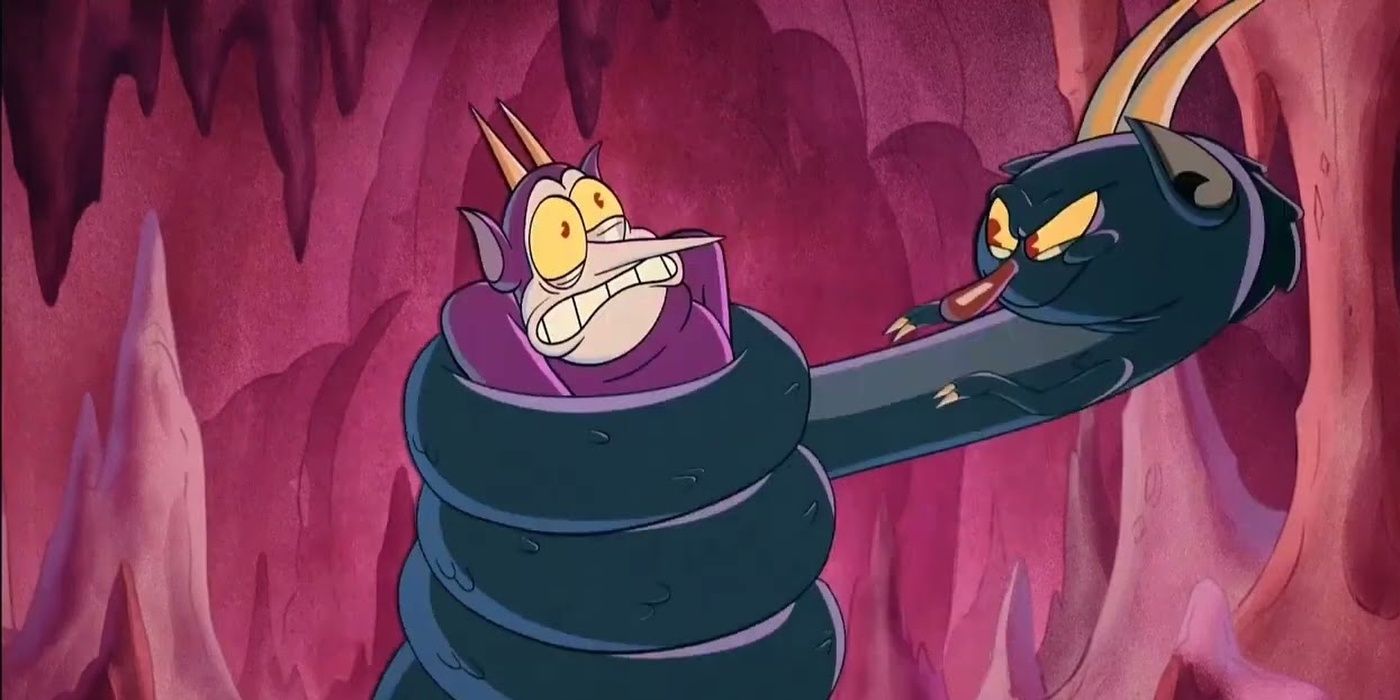
While he's played more for laughs, the Devil still maintains his shadowy and sinister nature, as all good representations of evil incarnate should. But his most definitive feature that carried over from the video game is his twisted shapeshifting nature that sees Old Scratch changing into various horrifying beasts.
Some might interpret this as standard-issue infernal powers, but players immediately recognize his snake, spider, and other frightening forms as the different stages of the Devil's boss fight in the game. No matter what form he takes, he's still the familiar fiend after Cuphead's soul.

In the last episode of the series, the mugs encounter the charming Miss Chalice, an NPC and additional player character for the upcoming DLC. The fact that she's a featured character is to be expected, but the last scene she has in the show before the series' cliffhanger should immediately grab gamers' attention.
As she leaves Cuphead and Mugman to contend with the cops after tripping the silent alarm, she suddenly turns into a ghost and flies away through a wall. At this point, it's unknown what this means for the series, but it's clearly meant to be a callback to her first form in the original game after freeing her in the mausoleums. Hopefully, she'll be able to spirit the mugs away from trouble in season 2.
NEXT: 10 Underrated Video Game Franchises That Would Make Great TV Shows
Comments
Post a Comment